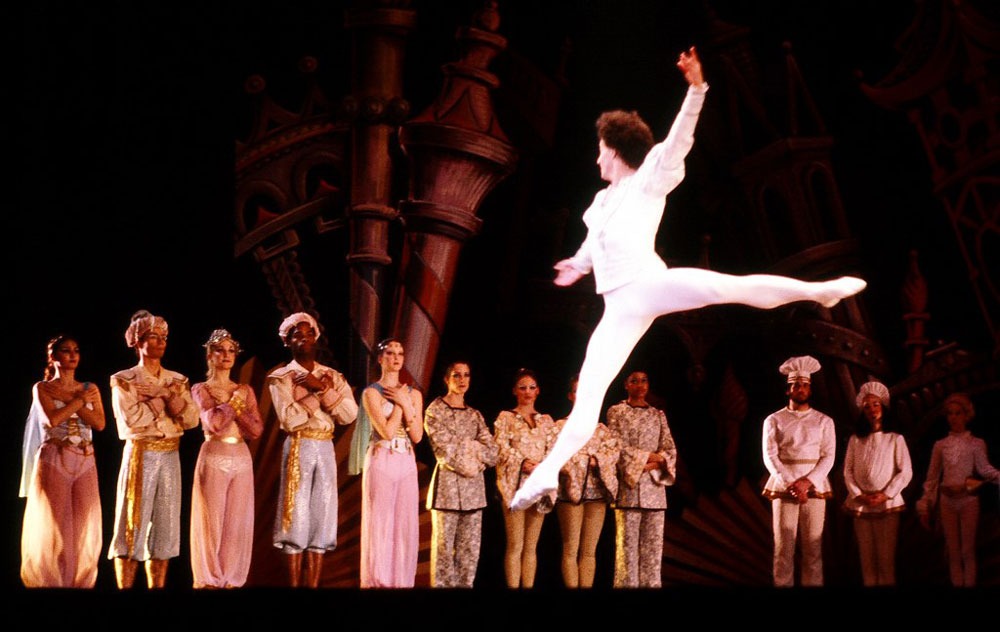
October 11, 2020; Associated Press (Star Tribune)
Some of the most carefully constructed of nonprofit enterprises are coming apart at the seams, and there is really no end in sight.
Even as Broadway declares it will remain dark all the way through May 2021, classical dance companies all over the country are coming to terms with what it will mean to cancel their cash-cow performances of the Nutcracker. Cancellations have already occurred at ballets in New York City, Charlotte, Milwaukee, and Sacramento. The Kansas City Ballet expects to lose $2.2 million from its revenue from this cancellation alone. For BalletMet in Columbus, Ohio, the loss will take out around 20 percent of its revenue.
“This is an incredibly devastating situation for the arts, and in particular for organizations like ours that rely on ticket sales from the Nutcracker to fund so many of our initiatives,” says Sue Porter, executive director of the organization, who explains that it amounts to around 70 percent of their annual ticket sales.
Sign up for our free newsletters
Subscribe to NPQ's newsletters to have our top stories delivered directly to your inbox.
By signing up, you agree to our privacy policy and terms of use, and to receive messages from NPQ and our partners.
Beyond the immediate financial hit, the cancelation also eliminates a tool for attracting younger dancers and audience members. Max Hodges of the Boston Ballet says, “It tends to be the first ballet that people see, the first time they experience attending a production, that thrill when the curtain goes up, the hush of the crowd. So, for that reason it’s a key part of the pipeline in welcoming audiences into the art form.” Ticket sales in Boston account also account for 20 percent of overall revenue. The company plans to try to maintain the link to its public by broadcasting past performances on public television. Seattle’s Pacific Northwest Ballet is doing the same by online streaming.
For many dance companies who want to broadcast, the expense is considerable, but faced with a decidedly uncertain prognosis for reopening to viable audiences, companies are working on ways to avail themselves of these new capacities and equipment.
Elsewhere, however, a few live performances are still on the schedule as of now. Oregon’s Eugene Ballet even expanded from four to 10 performances, which will not quite make up for the fact that the social distancing required eliminates all but 500 of 2,500 seats as well as the live orchestra.
When looking at nonprofits and how they are faring during this difficult period, it’s important we understand they have very different enterprise models, some combinations of which make them more vulnerable than others. These can be pretty specific, but at the same time, their effects can be seen fieldwide precisely because people replicate to some success the business models of their peers. So it is with depending to such a great extent on indoor performances—generally packed with families, many of whom may have cold weather sniffles and coughs—during a pandemic.—Ruth McCambridge













